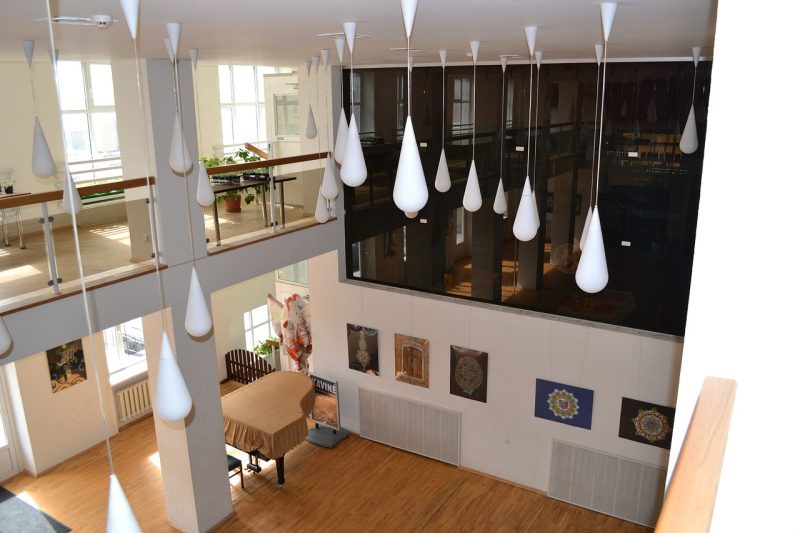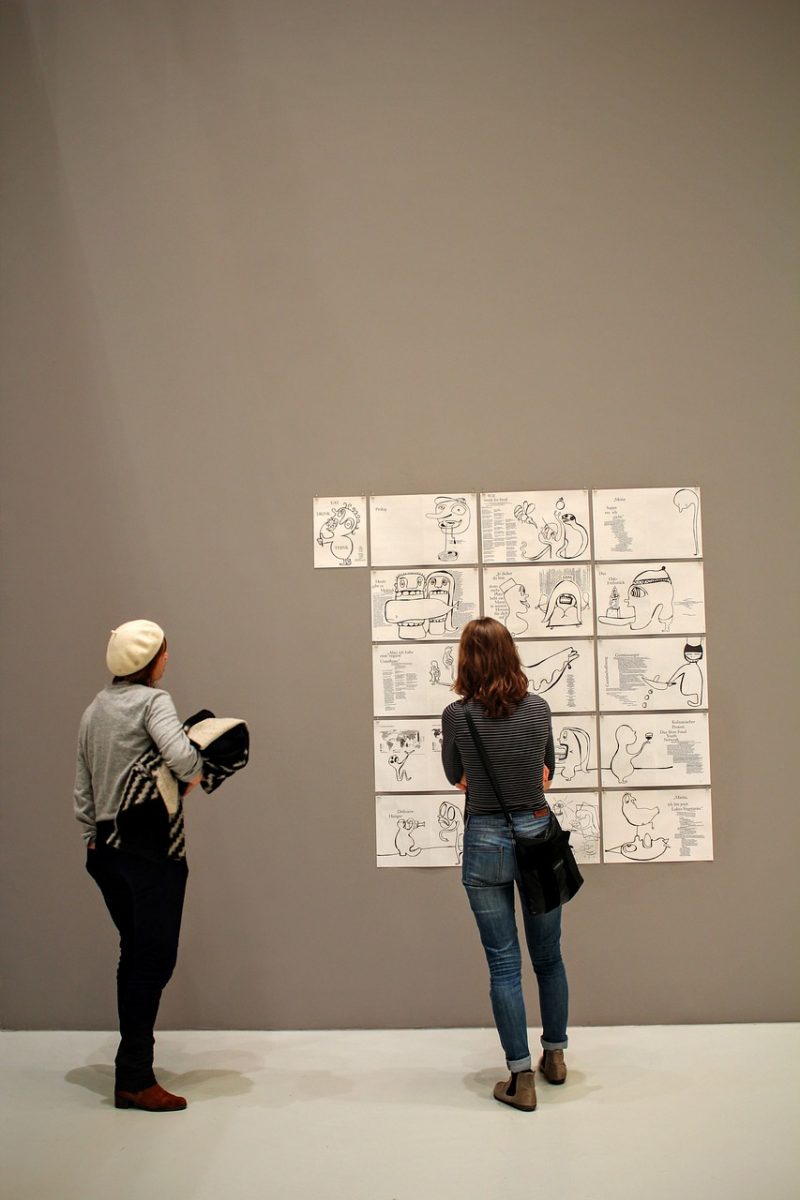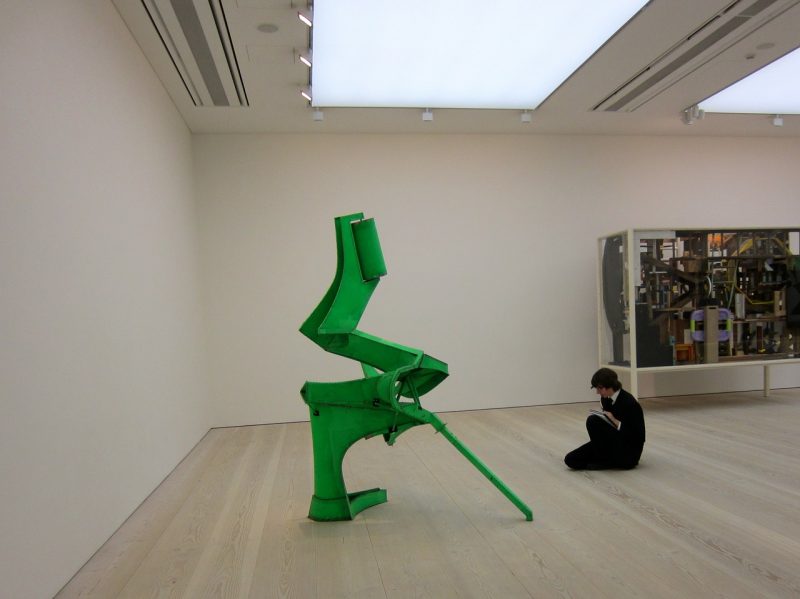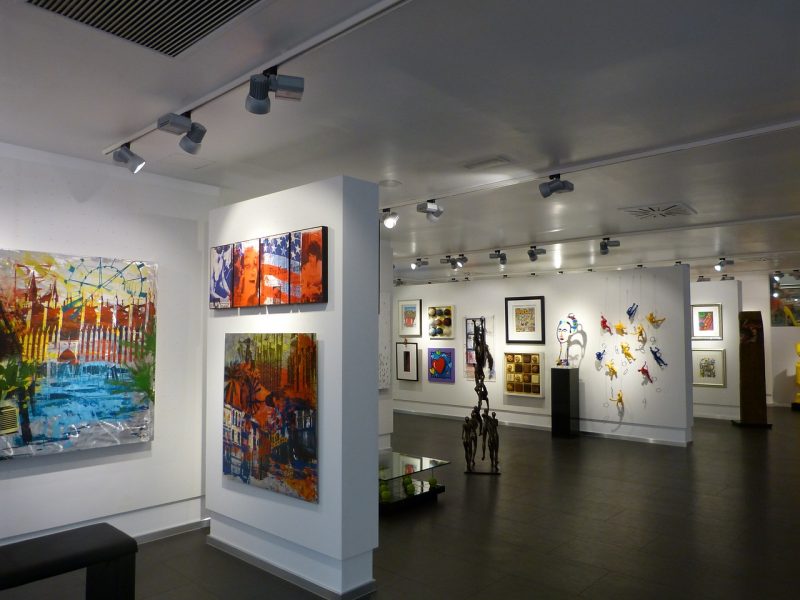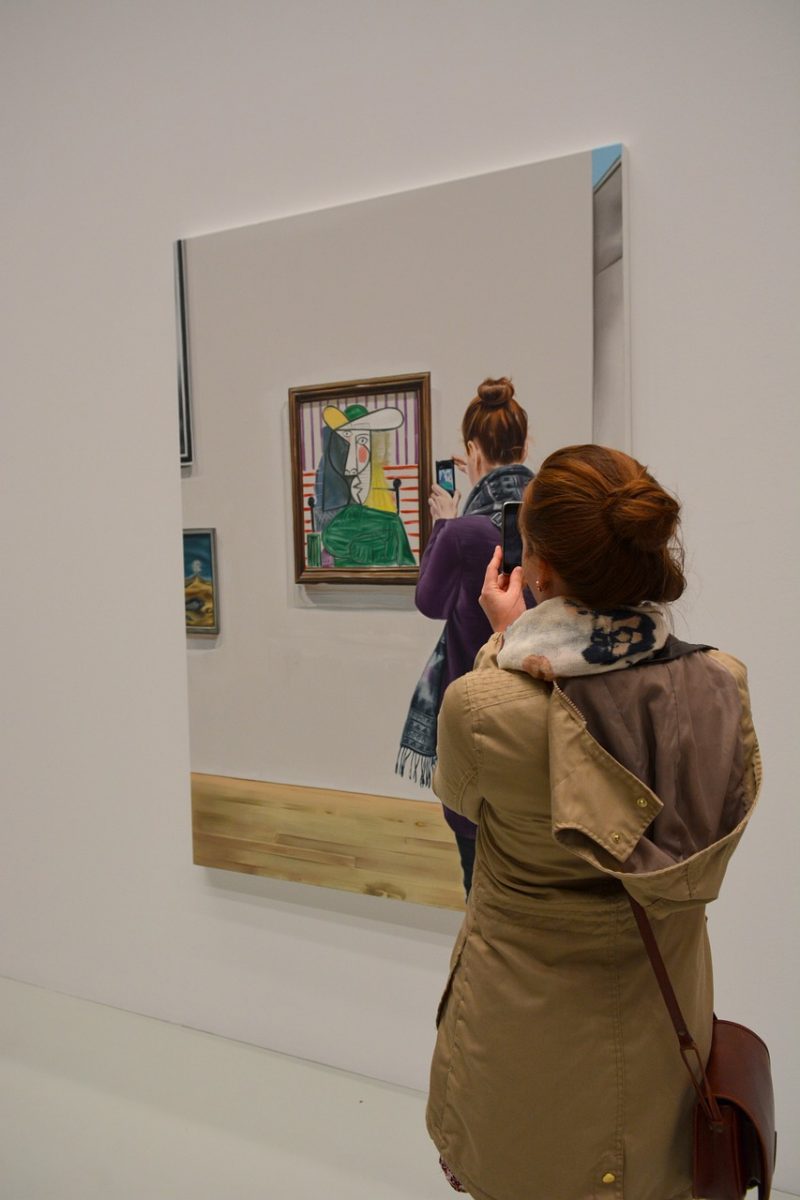Art and Contemplation: How Artists are Creating Mindful Spaces with their Work
“True art, when it happens to us, challenges the ‘I’ that we are,” Jeanette Winterson wrote in her book Art Objects, on the power art has to transform us. Art is intrinsically linked to humanity, and everyone views every work of art differently, holding their own interpretation of the meaning of a work. All art makes observers think about and process its meaning, and the best artworks have the ability to influence who they are as people.
Now, artists are purposely using their work to create a space for mindfulness, to further encourage change within their audience. Mindfulness is a form of meditation which helps users think about experiences in the present moment. It can work to reduce anxiety and stress, and help improve concentration, as well as being used within the gallery space or the pieces themselves.
Subtle, abstract pieces lend themselves more to mindfulness
Rather than using large, explicit pieces to shock, more artists are producing subtle, abstract creations, making the audience analyse and figure out their own interpretation. Practicing mindfulness is not much different, as it encourages you to maintain a moment-by-moment awareness of your body by analysing your thoughts and feelings. While artists create pieces as a reflection of themselves and their beliefs, some are more explicit than others. Tracey Emin’s My Bed, for example, showed the audience one of her life’s low points through a messy installation depicting her bedroom. More abstract pieces, such as Owais Husain’s Heart of Silence exhibit, has a focus around identity and immigration in a much more subtle way. The exhibition included installations merged with written work, discussing the idea that “everyone is an immigrant today”.

Abstract artwork forces a viewer to think in depth about the meaning of the piece, and to walk away with their own interpretation. As Artists Network explains, the beauty of abstract art “lies in its ability to inspire our curiosity about the reaches of our imagination and the potential for us to create something completely unique in the world”. The curious nature of the artwork is what encourages fans to think more about the meaning, and delve into how it makes them feel in the present moment. This promotes mindfulness as it encourages the viewer to focus deeply on their thoughts and feelings in the moment.
Galleries can provide mindfulness meditation for audiences
It’s not just the artwork itself that can encourage mindfulness within an audience—heading to a gallery can also help with meditation, as it encourages viewers to spend time in the moment. Regardless of the show taking place, simply spending time in a gallery taking in what’s on display can help viewers practice mindfulness, as it helps to slow down thoughts, and makes them more streamlined and focused. According to Yoga Journal, standing in front of art and interpreting it requires you to be still, and taking in the obvious details, such as colour and lines, as well as the subtle undertones. This is similar to practicing mindfulness, which encourages you to think about your breaths, sensations in your body, and the energy of your thoughts.
Those looking to practice mindfulness while at a gallery should leave themselves plenty of time in order to get settled, and move slowly through the exhibits. Mindfulness requires observers to be aware and conscious of their surroundings, whether through the art, the layout of the gallery, the external sounds, or even the lighting. Open attention is one of mindfulness’ biggest factors, and this can even work to help you appreciate the art more. Portland Museum offers viewers a 30-minute facilitated mindfulness session, which was designed to fit into lunch breaks for nearby workers. The museum found that viewers spend an average of 6-10 seconds with a work of art; however, after a session of guided meditation, previously-seen works of art became more colourful and meaningful to participants.
Art is an easy way to practice mindfulness
It’s not just audiences that can benefit from mindfulness while looking at artwork; artists can find that creating their own work can be a form of meditation. As art therapist Amy Maricle states: “The colours, textures, and sounds of creating pull us into the moment.” Other artists actively practice mindfulness, as they find it helps them look at the world in a more objective way, which can work in their favour when creating new pieces.
People are starting to realise the impact that art, in any form, can have on mental health, as the sales of adult colouring books have skyrocketed over the past few years. These books helped reduce symptoms of depression and anxiety amongst users, while working as a nostalgic way to calm down. Whether it’s through visiting galleries, or creating artwork, art always has a way to promote mindfulness for audiences and artists alike.

